After visiting five major art fairs and too many events and special exhibitions to keep track of, it’s safe to say this was an eventful and surprisingly normal Miami Art Week. Like in previous years, the week provided a venue to reconnect with friends and colleagues, as well as many welcome opportunities to meet new people. The latter mingling felt refreshing after a year of apprehension towards meeting strangers. Covid safety requirements were in place and followed by most, making the mask wearing and vaccine card checking feel like a now commonplace part of daily life.
The art exhibited also felt like a step away from the Covid-era. Far from images of isolation that might be expected mid-pandemic, presentations across the city were surprisingly optimistic and innovative. Overall, this week felt like a step towards normalcy and a promising sign of the creativity that exploded over the last year.
For me, one of the biggest takeaways from the last week is how underrated some of the satellite fairs are. While Art Basel is the main event that draws people to town, many exhibitors fell into the temptation to bring their blue chip best-sellers to cover the cost of their booth rather than take the opportunity to introduce visitors to something new. Of course it’s nice to see big names and catch a glimpse of high value works before they end up in private collections, but this model of over-stuffing booths with the same blue chip artists over and over again is uninspiring.

Safe Gallery’s booth with Alex Eagleton and Robbie McDonald at NADA; Photo by Annabel Keenan
NADA solidified its place as a must-see fair in my books. The model of NADA with smaller booth made it more manageable, and exhibitors were overall friendlier and more excited to tell you about their artists rather than the prices. While sales are obviously crucial to the success of the artists and the exhibitors, it’s nice to see a balance where galleries are equally excited about spreading awareness of their artists and introducing them to new audiences.

BLANDA, Long Forgotten Secrets (2021), acrylic, oil and charcoal on wood panel; Courtesy the artist and Her Clique
Art Week also provided the opportunity for galleries not attending any fair to host launches and parties while collectors were in town. These events often showcase emerging artists or new projects and are refreshing settings to step away from the overload of the art fairs to focus on just one artist or body of work. My favorite launch was of LA-based artist BLANDA, who collaborated with the online platform Her Clique on a series of acrylic, oil and charcoal works on wood panel. With swirling blues and soft clouds blown by billowy faces, the works in the series are elegant, soft and dreamy and reminded me of Ancient Greek mythology and the shores of the Aegean Sea. The works, all under $1,400, offer an accessible counterpoint to the high ticket items seen around the city this week. Part of Her Clique’s model is for their artist collaborations to benefit non-profit organizations. Sales of BLANDA’s works include a donation to Art of Elysium, a non-profit based in LA that pairs volunteer artists with communities to support individuals living with emotional life challenges like illness, displacement and other crises.
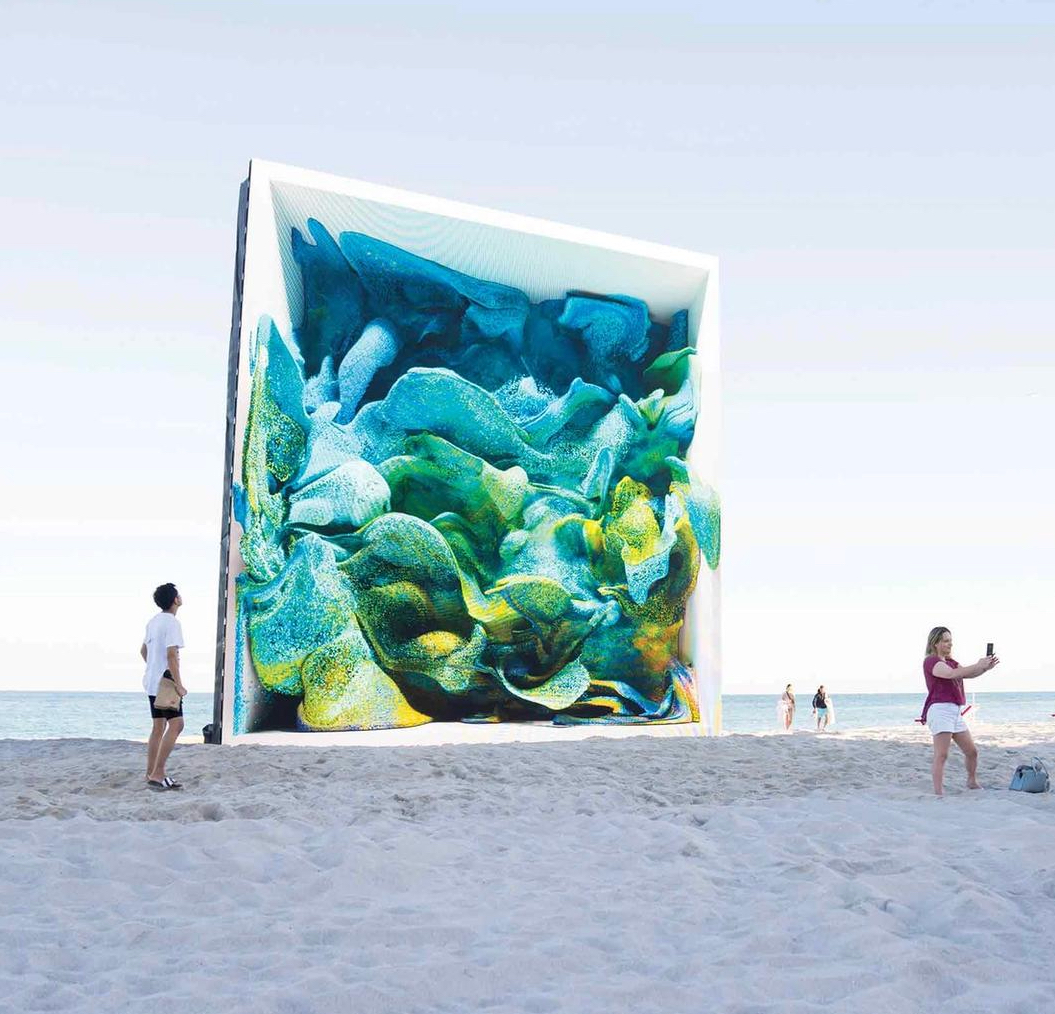
Refik Anadol’s Machine Hallucinations—Coral Dreams (2021), NFT from Aorist; Courtesy the artist and Aorist
Perhaps the biggest difference with this year’s Art Week was the major presence of NFTs. Countless entrepreneurs who saw the NFT market boom back in March spent the last eight months launching their own platforms and agencies. From the fairs to the beaches to the planes towing ads along the sky, NFT companies made sure their presence was felt. At Art Basel, the blockchain Tezos was a sponsor of the fair and presented an immersive experience for visitors to generate self-portraits. The marketplace SuperRare also made an appearance with augmented reality works, and several galleries including Pace exhibited NFTs in their booths.
Outside of the fairs, NFTs were often presented at large, hyped-up parties on the beach and at the many high end hotels and clubs along Collins Avenue. Parties seemed to be something of a prerequisite for an NFT launch. Regardless of how they were introduced, it is very clear that NFTs were a major participant in Art Week and the worlds of crypto and art are becoming increasingly intertwined.
Overall, Miami Art Week felt like a major success. There were parties, there were sales and there were many, many opportunities to view art. This year’s edition resembled pre-Covid days, but with an undeniable new player in NFTs. I’m leaving with a renewed sense of optimism for the art industry, in particular after seeing so many young, emerging and artists of color. That’s all for Artillery’s Miami Art Week Report 2021.





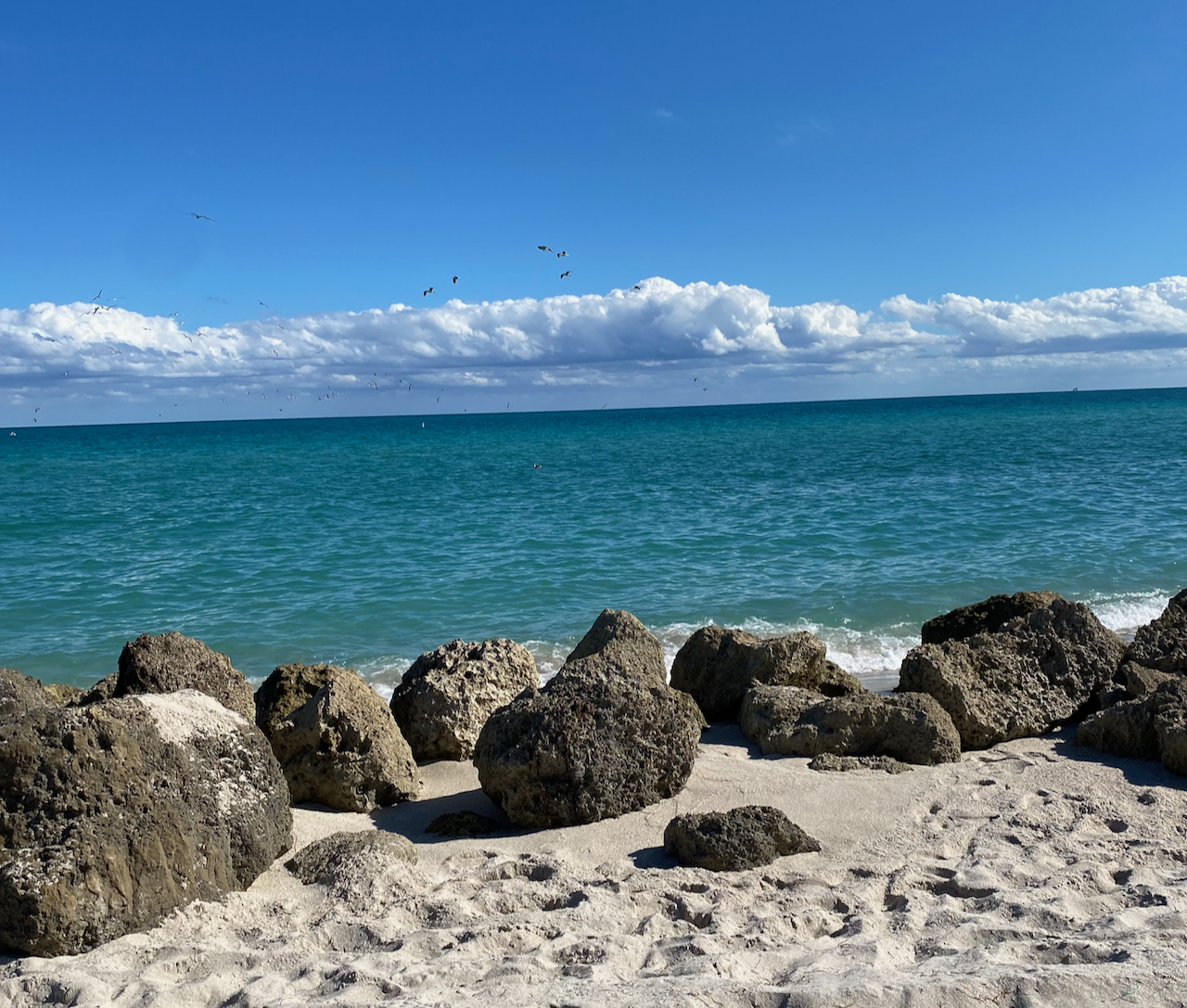


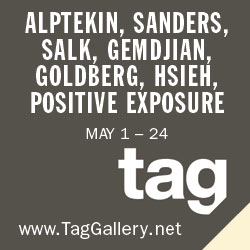
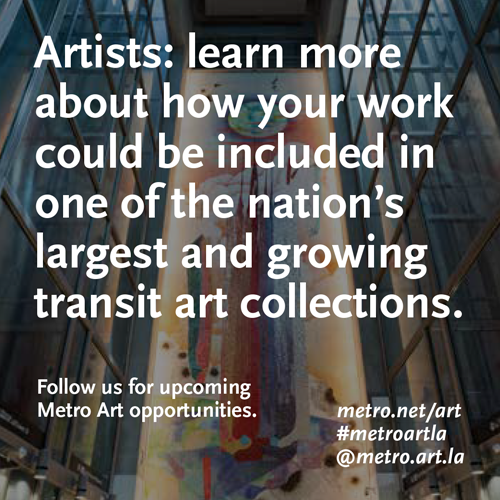

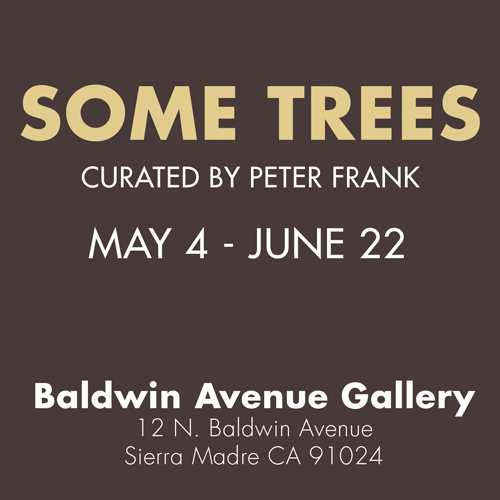

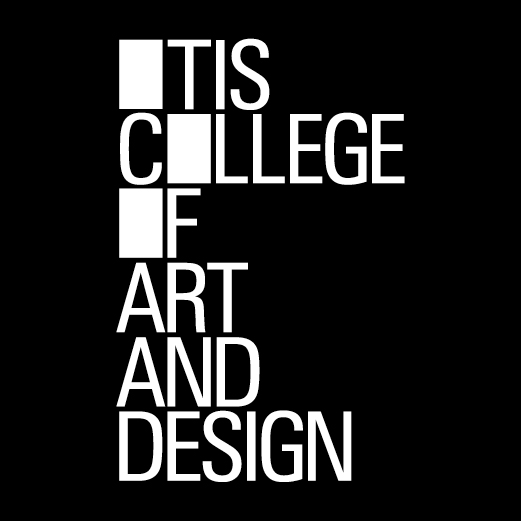
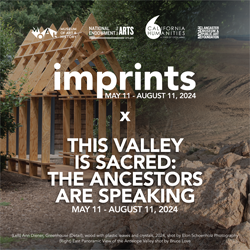

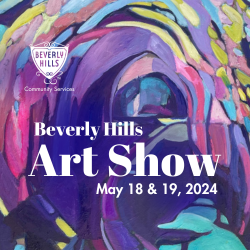

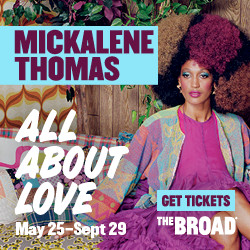

0 Comments